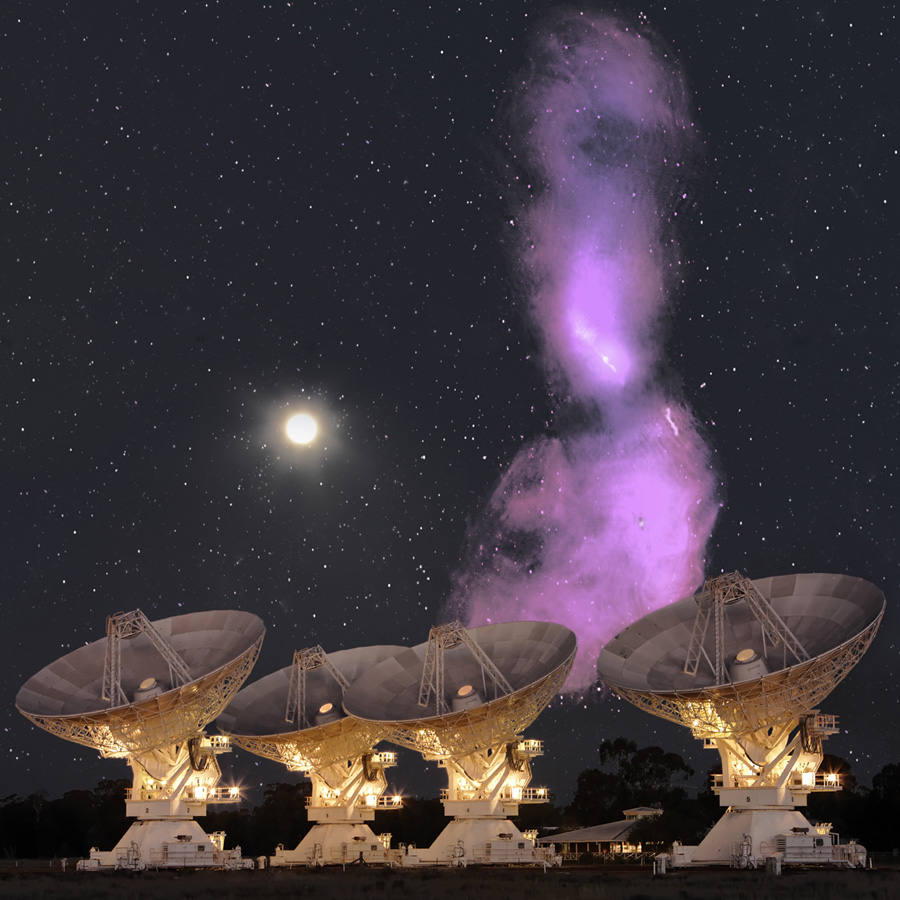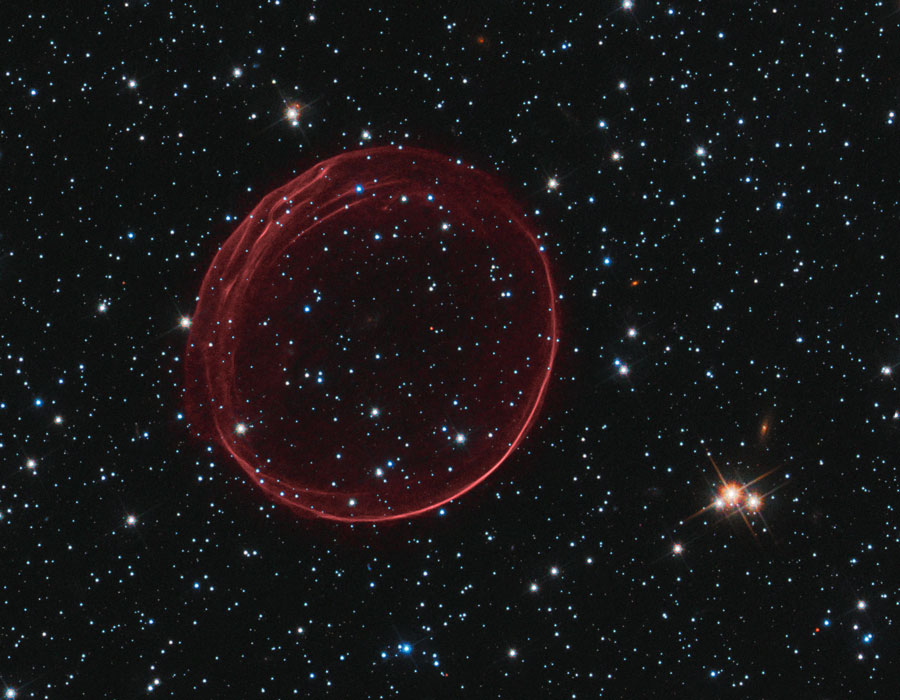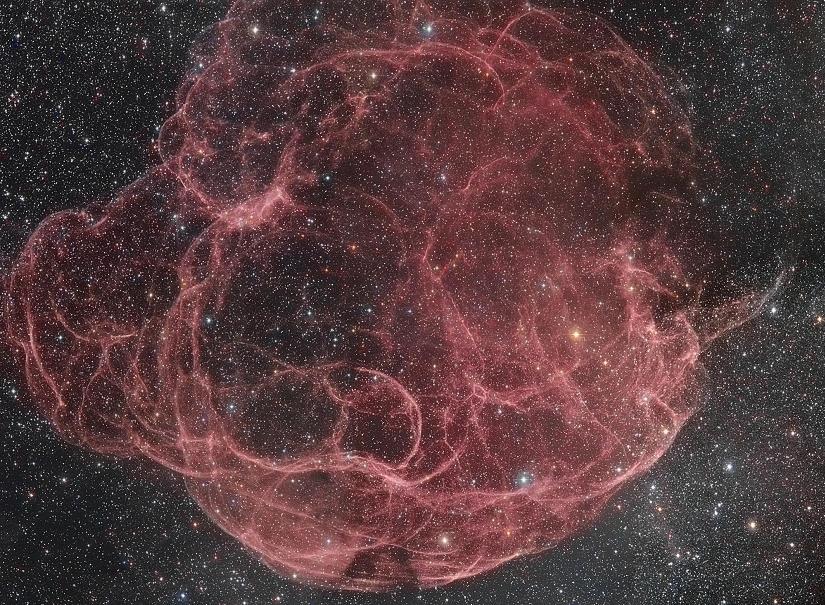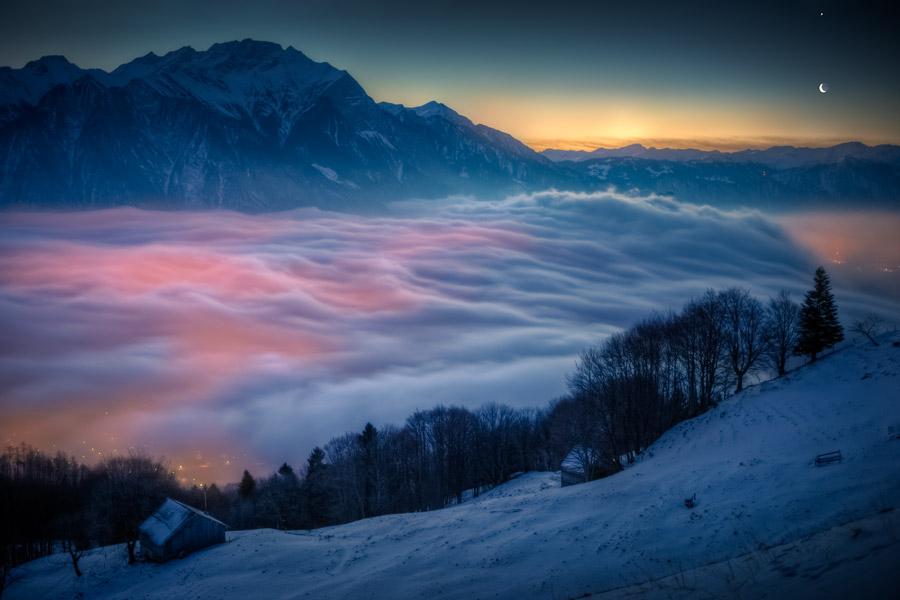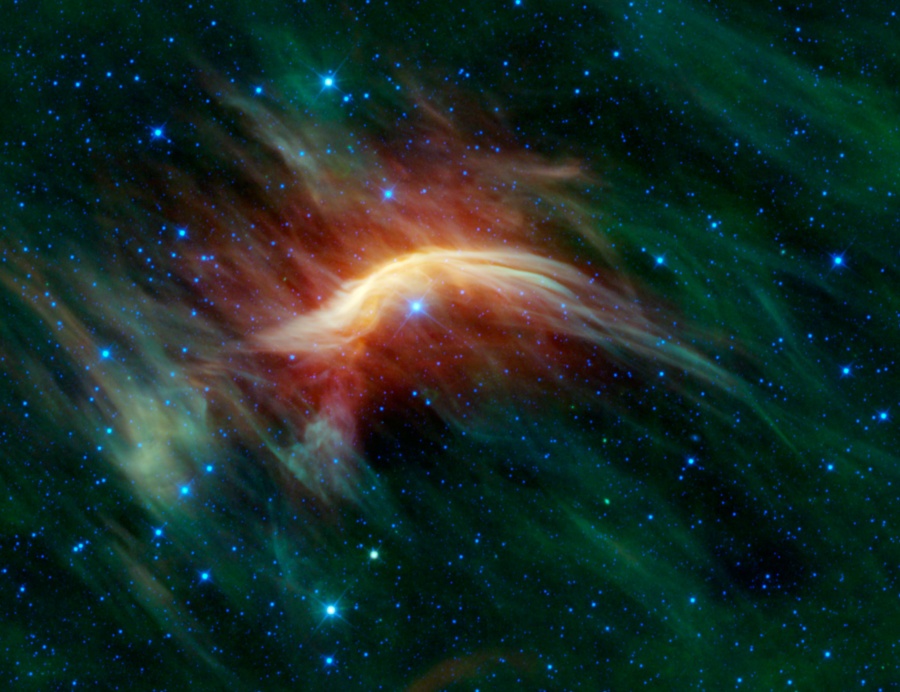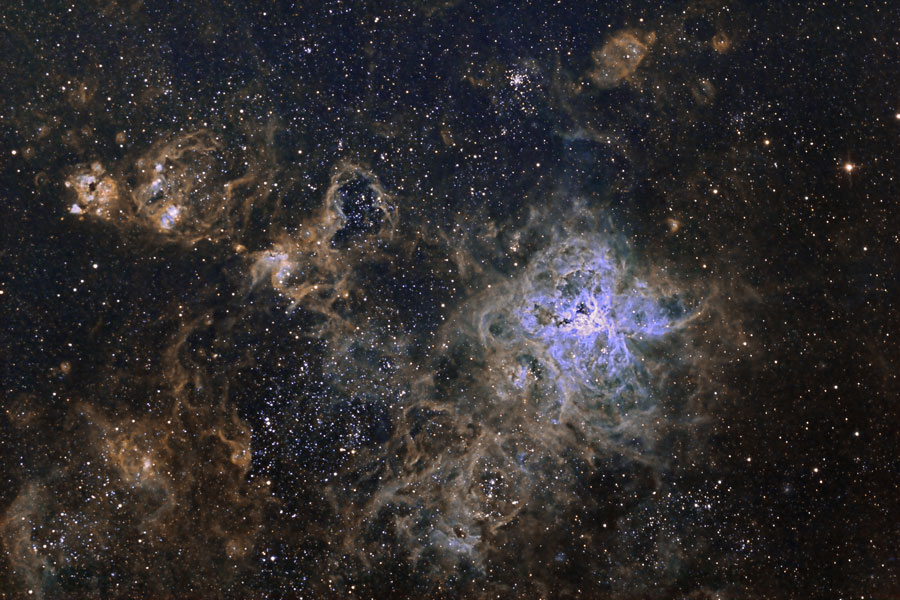Bart Bok was born on April 28, 1906 in the Netherlands. He spent much of his childhood in the then Dutch East Indies, currently Indonesia.He studied at the Universities at Leiden (1924-27) and Groningen (1927-29) Universities in the Netherlands. He moved to the United States in 1929 and became naturalized in 1938. In 1929, he married fellow astronomer Dr. Priscilla Fairfield Bok. From the years 1929 to 1957 he worked at Harvard University, holding the position of director of astronomy from 1947 onward. Bok spent the period 1957–66 in Australia as director of the Mount Stromlo Observatory, Canberra, and professor of astronomy at the Australian National University. He returned to America in 1966 to become director of the Steward Observatory, Arizona, until 1970 and professor of astronomy (from 1974 emeritus professor) at the University of Arizona, Tucson.
Bok's major interest was the structure of our galaxy, the Milky Way. With his wife, Priscilla, he published a survey of the subject: The Milky Way (1941). Although it had been long assumed that the Milky Way had a spiral structure it was not until Walter Baade identified in the 1940s the hot young O and B stars of the Andromeda galaxy as spiral markers that such a conjecture could be confirmed. The actual structure was first worked out in some detail by William Morgan. The existence of 21-centimeter radio signals from clouds of neutral hydrogen in the galaxy was predicted by Hendrik van de Hulst and their discovery in 1951 provided a second tracer. It was clear to Bok by the late 1950s that the radio data, which were expected to support the optical picture, instead contradicted it. He consequently attempted to harmonize the two structures by modifying Morgan's somewhat elliptical arms, making them much more spherical, and giving more emphasis to the Carina–Centaurus arm.
Bok's name is also associated with his discovery in 1947 of small dark circular clouds visible against a background of stars or luminous gas and since known as Bok globules. Since they are thought to be precursors of stars, as Bok himself conjectured, they have received considerable attention in recent years.
Bok's name is also associated with his discovery in 1947 of small dark circular clouds visible against a background of stars or luminous gas and since known as Bok globules. Since they are thought to be precursors of stars, as Bok himself conjectured, they have received considerable attention in recent years.
